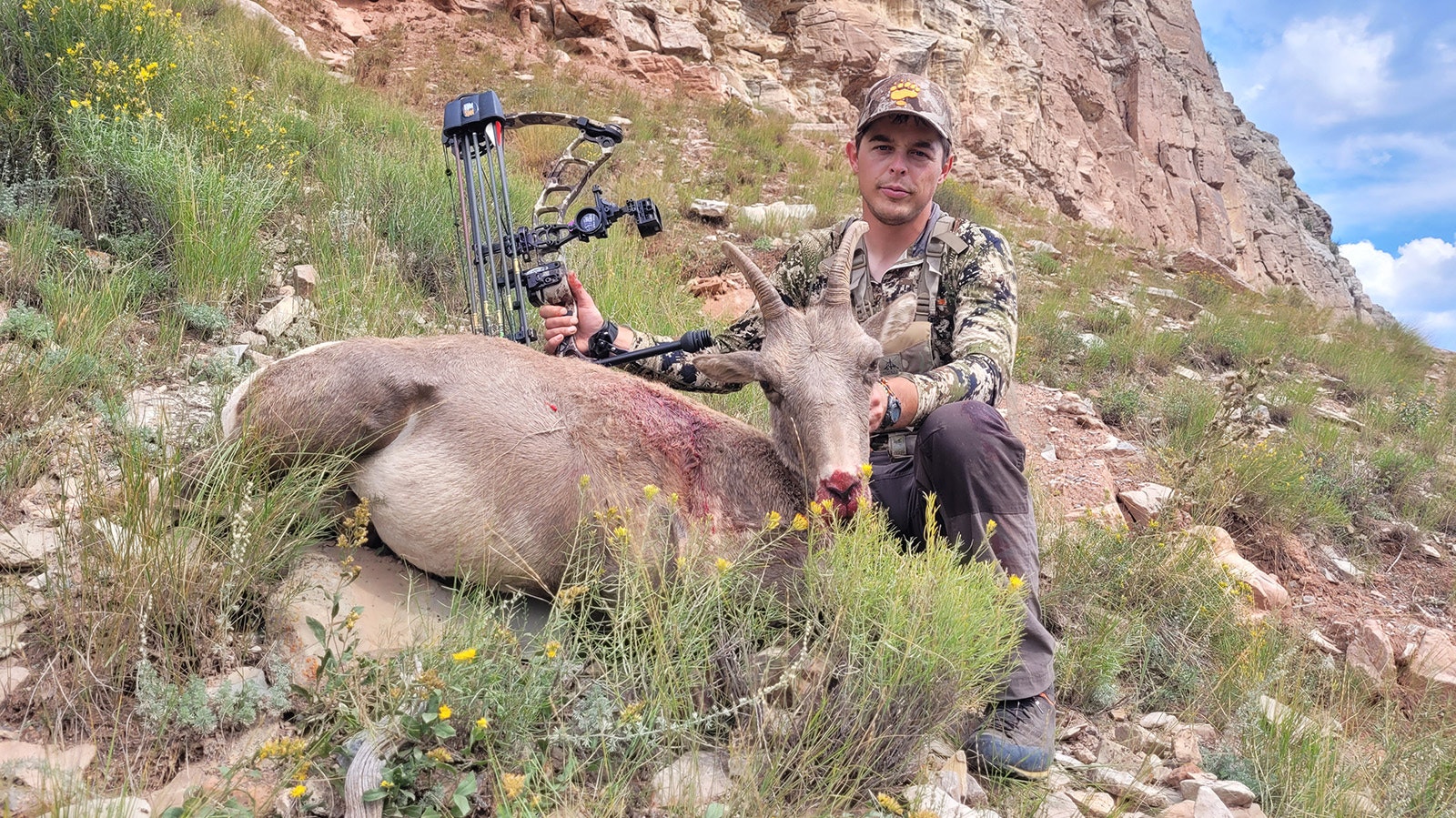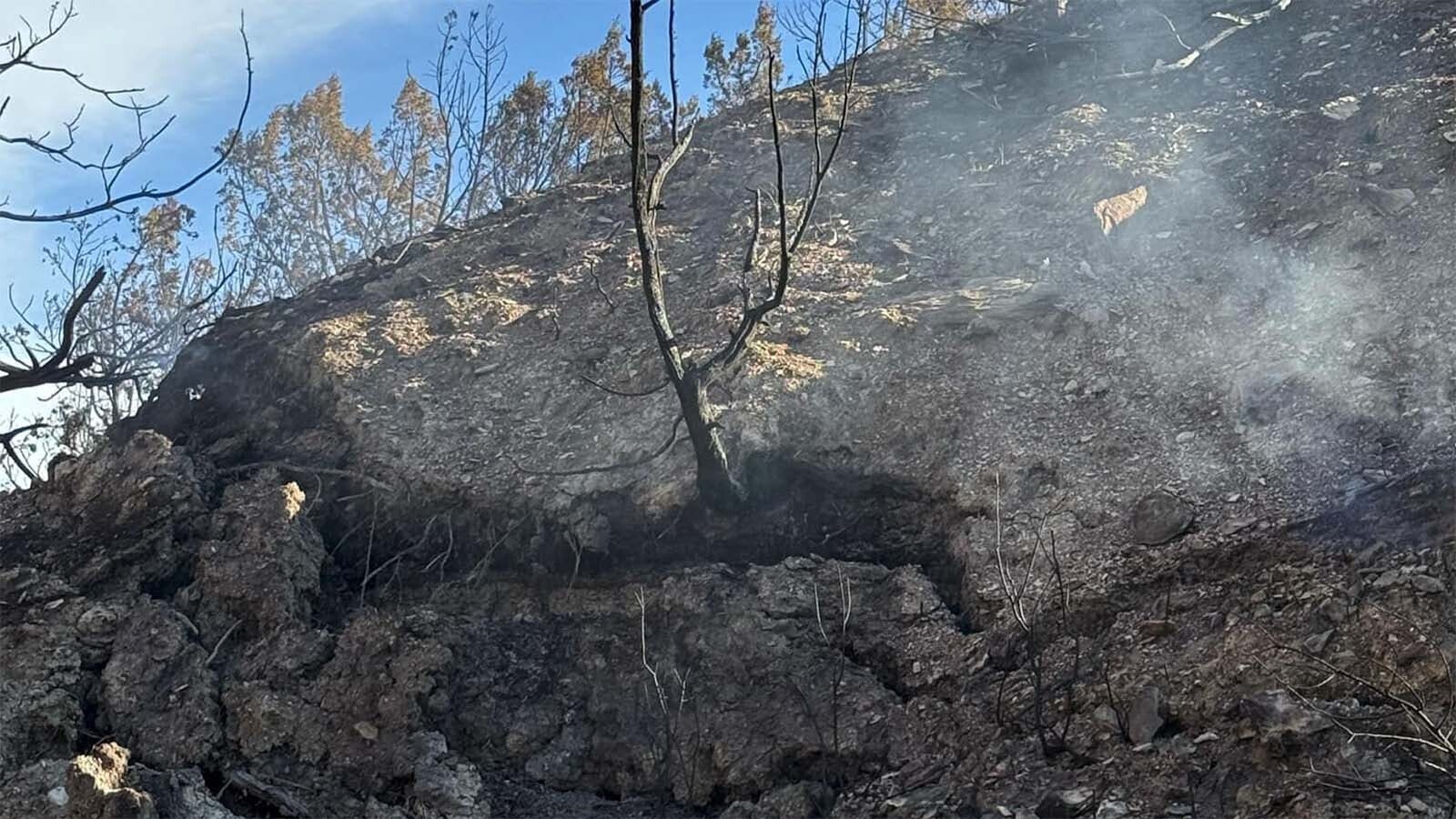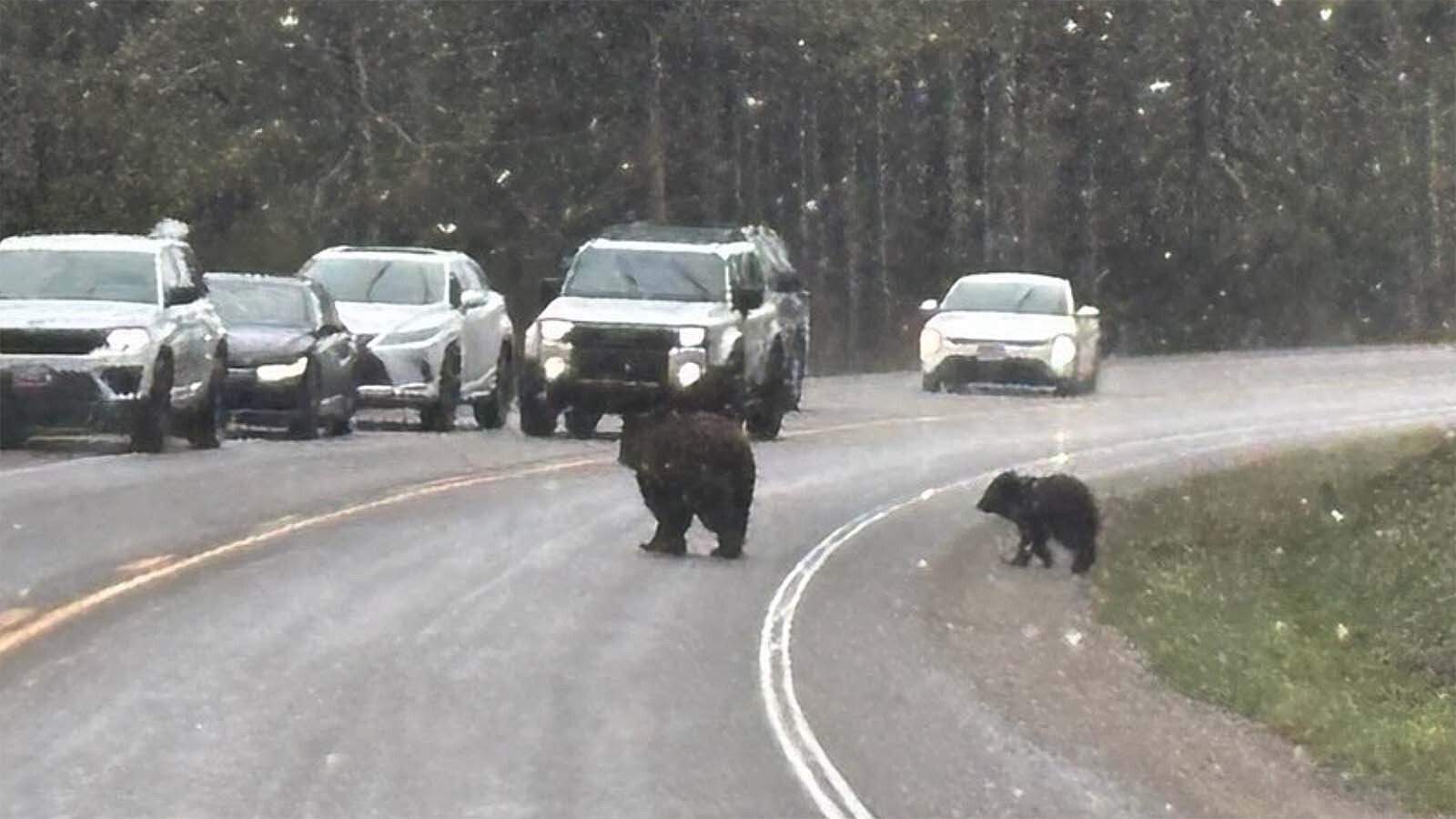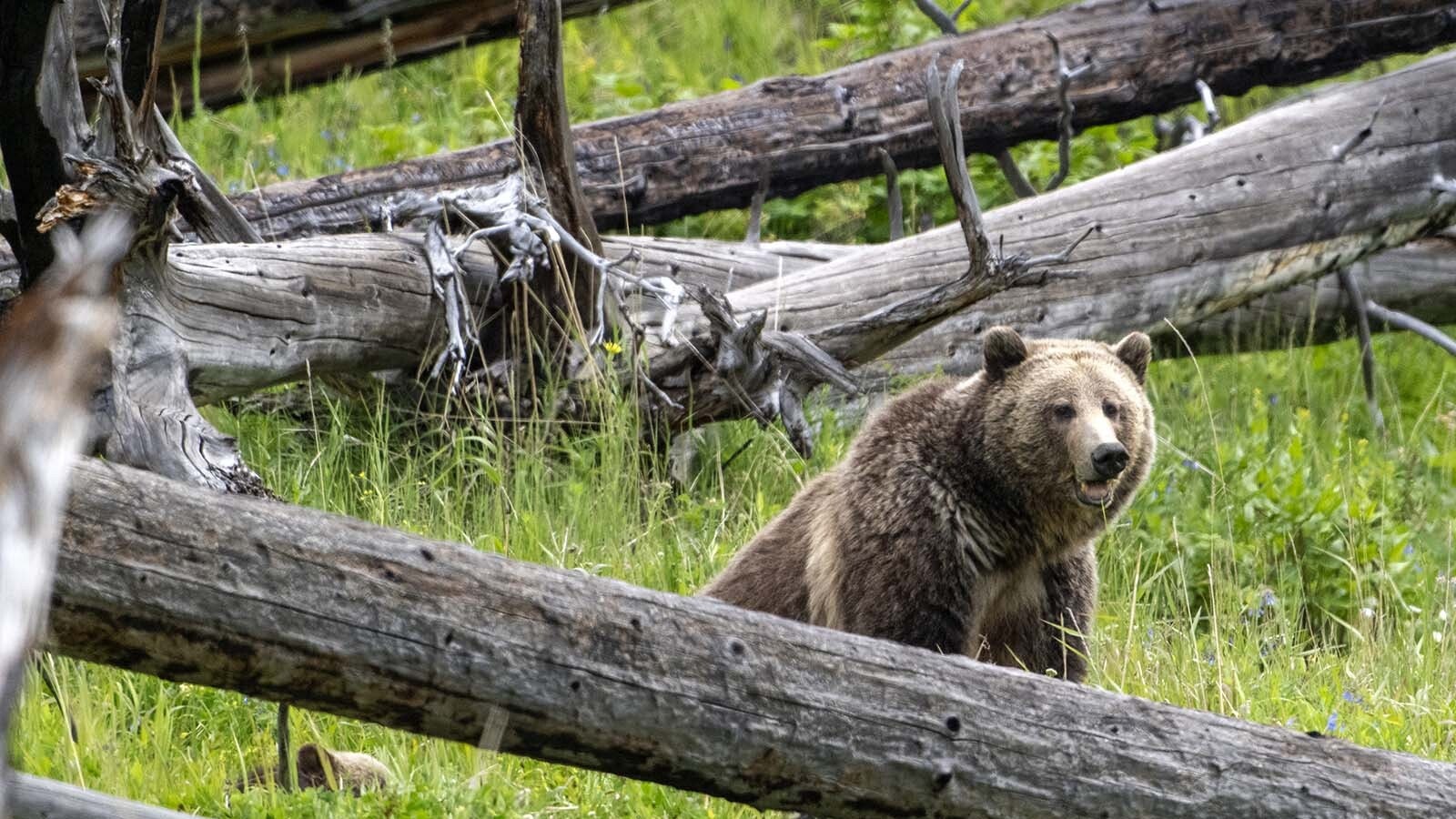For only the second time ever in Wyoming, hunters could be allowed to shoot ewes from the Jackson bighorn sheep herd, which could actually save it.
“Most populations will climb to past the habitat's carrying capacity and stay there until something happens — like a hard winter, a pneumonia outbreak or both — and then we have a crash,” Mark Gocke, the Wyoming Game and Fish Department’s spokesman for the Jackson and Pinedale regions, told Cowboy State Daily.
Such is the case with the Jackson bighorn sheep herd.
Trying To Stave Off Another Crash
Game and Fish’s objective for that herd is 400 sheep. It’s been prone to pneumonia die-offs when the population reaches 400-500, probably because that exceeds the habitat’s ability to support the herd over the long term, according to Game and Fish.
A February 2022 helicopter survey of that herd counted 505 animals. A similar survey this year was “unreliable” because the sheep were unusually scattered.
However, it’s thought that the Jackson bighorn sheep herd made it through this winter largely intact, despite massive winterkill among animals elsewhere in Wyoming.
So, if the Jackson bighorn sheep are doing well and are actually above objective numbers — and despite a brutal winter that killed so many other critters — what’s the problem?
All indications are the Jackson herd is on the cusp of a massive die-off from pneumonia. It’s happened before, and Game and Fish doesn’t want it to happen again, Gocke said.
“Anytime we get near that objective number or above it, we have seen die-offs from pneumonia. And right now, we’re there,” he said.
In addition to the number of sheep, recent research conducted jointly by Game and Fish and wildlife specialists from the University of Wyoming showed a spike in the pathogens that cause pneumonia in the sheep, Gocke said.
Those pathogens are ever-present in the Jackson bighorn sheep herd, but elevated levels of them are worrisome because that could mean a deadly mass pneumonia outbreak is imminent, he said.
That’s the same set of circumstances that preceded disease outbreaks and huge die-offs in 2001 and 2012.
That might seem like a natural boom-and-bust cycle, Gocke said. However, the best way to conserve the Jackson bighorn sheep herd, and serve the public’s interest in the herd, is to keep it at a steady level with only minor fluctuations.
And culling the herd, including some ewes, might stop the natural triggers for a huge die-off, he said. The basic idea is to let hunters kill a few more sheep this fall to prevent another pneumonia outbreak from triggering and cutting out a huge swath through the herd.
The Jackson herd recovered from the last two outbreaks, but that’s no guarantee those bighorns would have same luck a third time, Gocke said. Herds in other places that suffered huge die-offs haven’t recovered.
Opening Up Ewe Hunting
Game and Fish issued 16 ewe/lamb tags for Jackson herd last fall. That was the first ever hunters were allowed to take female bighorns in Wyoming, Gocke said.
Those tags cost $48 for Wyoming residents and $269 for nonresidents.
Only six ewes were killed by hunters last year. But culling ewes does more to limit the herds number than shooting rams, so Game and Fish issued 30 ewe/lamb tags for fall 2023 hunts.
“Hunting males doesn’t do a whole lot as far as bringing a population down, because one male can breed several females,” he said.
The ewe tags are issued through an application process and drawings, much like tags for big game species — elk, deer and antelope, he said.
Ram tags are a different story. The drawings for them are far more restrictive and require hunters to accumulate “preference” in order to even have decent odds of drawing a tag.
“It’s hard to get a bighorn sheep ram tag, and some people have had to wait many years just for a chance at one,” Gocke said. “Putting in for these ewe tags will not affect your preference points for a ram tag.”
Bighorn ram tags are extremely limited because they’re one of Wyoming’s “Big 5” trophy game species. The others include bison, moose, Rocky Mountain goats and — if they’re delisted as an endangered species and made legal to hunt — grizzly bears.
Mingling Herds Would Be A Bad Idea
Before Jackson was developed, the Jackson bighorn sheep herd mingled with the Teton herd right across the valley, Gocke said.
However, human development in the valley cut those herds off from each other and they became isolated populations. Now, even as the Jackson herd might be getting too big for its habitat, the Teton herd has been struggling with low numbers, he said.
So, it’s been suggested that some sheep from the Jackson herd could be captured and transplanted to the Teton side.
But that would be a bad idea, Gocke said, because the Teton herd so far hasn’t shown any presence of the pneumonia pathogens that are embedded in the Jackson herd.
“That would come with a very high risk, because those Jackson sheep have all those pathogens that could infect the Teton sheep and cause a mass die-off,” he said.
Mark Heinz can be reached at Mark@CowboyStateDaily.com.





